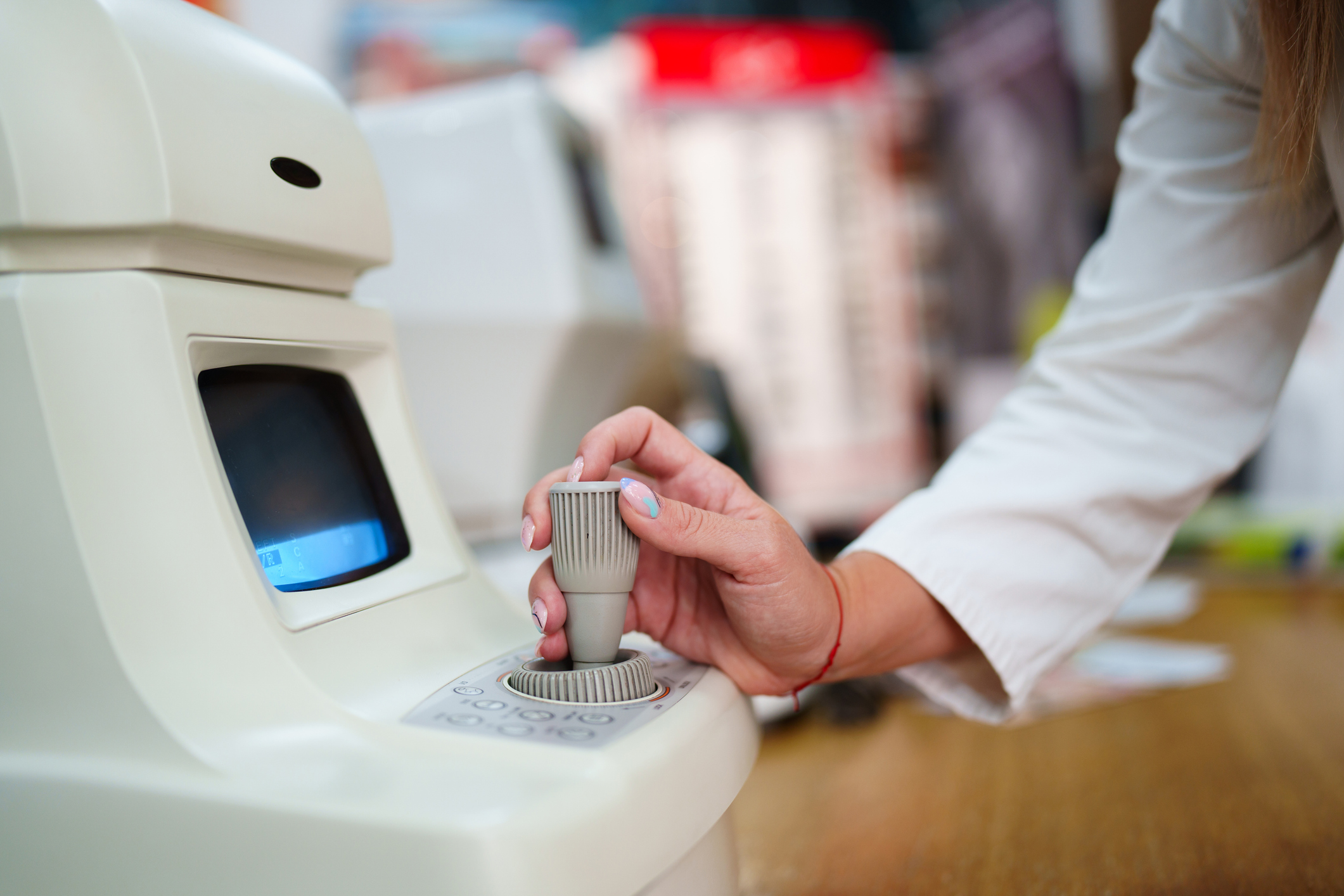This content is exclusively available to our members. Unlock access to premium resources by joining the community today—don’t miss out on valuable insights and exclusive materials! Become a member now!



This content is exclusively available to our members. Unlock access to premium resources by joining the community today—don’t miss out on valuable insights and exclusive materials! Become a member now!